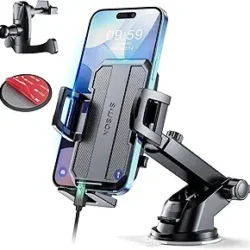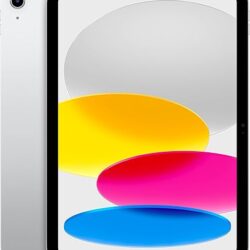四、使用动宾词组时需要注意的问题 Points that merit special attention
(一)动宾词组的词序不能颠倒,否则结构和意思就变了,有 时甚至是错误的,例如“吃鸡”,一般是指人或其他动物“吃”的 对象是“鸡”;如果说成“鸡吃”就变成了主谓关系,指“鸡” “吃”别的东西。如果把动宾词组“吃饭”的词序颠倒为“饭吃”, 那就不成话了。 The order of the. constituents in a V-0 phrase cannot be changed, for the change of order will lead to the change of structure and meaning or even make the phrase logically or grammatically unsound. For instance, 吃鸡 means “to eat chicken”, but if we put it as 鸡吃, the meaning of the phrase becomes “. a chicken eats” and it is in an S-P relation. If we change the order of 吃饭 to 饭吃, it becomes meaningless.
 亚马逊导购
亚马逊导购  读新闻学外语
读新闻学外语  卑诗省当天新盘
卑诗省当天新盘
(二)动宾词组可以直接充当主语、宾语或定语等句子成分, 不需要用代词或介词等表示。例如: A V-0 phrase can serve as a subject, object or attributive, etc. with- out the indication of any pronoun or preposition. For example:
访问中国是我的愿望。 (做主语) ( as the subject)
我希望访问中国。 (做宾语)( as the object)
我有一个访问中国的计划。 (做定语) ( as the attributive)
(三)动宾词组和结构助词
The V-0 phrase and structural particles
- 动宾词组做定语时一定要用助词“的”。例如:
The structural particle j must be used when a V-0 phrase serves as an attributive. For example:
开会的人都到了。
外边都是打听消息的人。
2.动宾词组做补语时一定要用助词“得”。例如:
The structural particle 15 has to be used when a V-0 phrase serves as a complement. For example:
大家高兴得跳起舞来了。
他困得睁不开眼。
(四)动宾词组常做状语表示动作的方式。例如:
V-0 phrases are often used as adverbial adjuncts indicating manner of action. For example:
我们走路去吧。
他凭本事做了老板。
(五)动宾词组做定语或状语时,动词后边有时带动态助词。例如:
An aspectual particle is sometimes used after the verb in a V-0 phrase which functions as an attributive or an adverbial adjunct. For example :
看过这本小说的人很多。
这是一件变了颜色的衣服。
我点了点头说:“好吧。”
父亲戴着眼镜看书。
(六)动宾词组“有一点儿”
The V-O phrase -L
“有一点儿”可以在形容词(或某些动词)前边做状语,表示轻微的程度,多指不太如意的事。例如:
有一点儿 serves as an adverbial adjunct before adjectives (or certain verbs), showing sth. slightly dissatisfying. For example:
昨天有一点儿冷。
老师有一点儿不舒服。
他有一点儿发烧。
这儿句中的“有一点儿”都不能说成“一点儿”。“一点儿”只能用在名词前边做定语,或者用在形容词后边做补语。例如:
有in 有一点儿 in the above examples cannot be omitted, since 有一点儿 can only be used attributively before nouns, or as a complement after adjectives. For example:
我想买一点儿东西。(“一点儿”做定语)( as the attributive)
快一点儿,车来了。(“一点儿”做补语)( as the complement)








